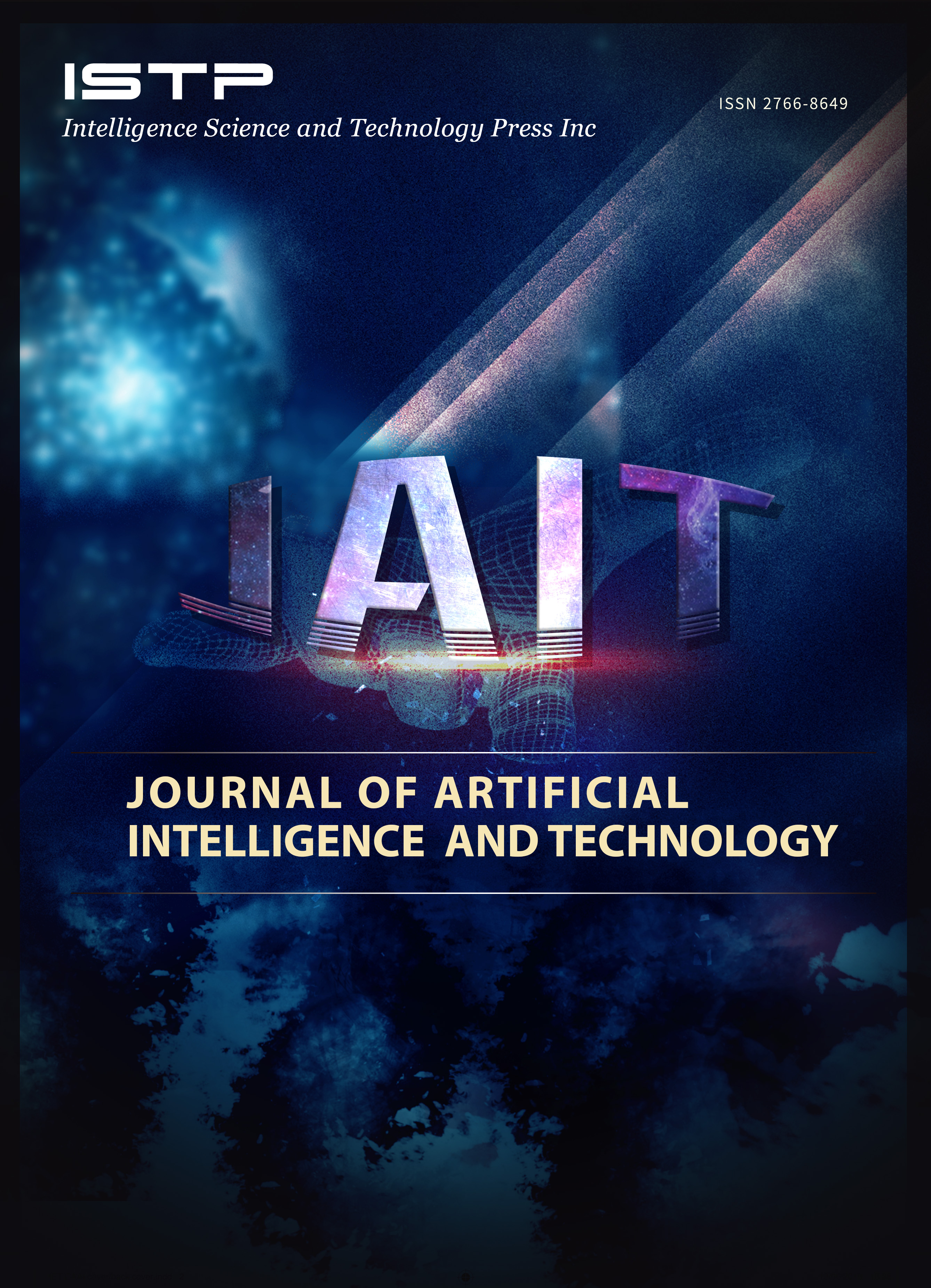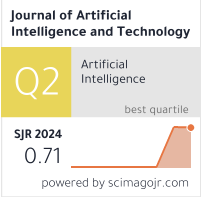A Novel Hybrid Deep Learning Algorithm for Object and Lane Detection in Autonomous Driving
DOI:
https://doi.org/10.37965/jait.2025.0695Keywords:
autonomous driving, autonomous vehicles, convolutional neural networks, deep learning, lane detection, object detection, SSD, YOLOAbstract
Rapid advancements in deep learning, particularly in object and lane detection, have significantly contributed to autonomous driving technology. Ensuring safe and reliable vehicle operation, and object and lane detection remains a critical component in autonomous navigation. This study reviews deep learning-based models for object and lane detection, proposing enhancements to improve real-time obstacle detection and address existing shortcomings. A robust methodology for data collection, preprocessing, and deep learning-based prediction was developed, integrating CNNs with state-of-the-art object detection models such as YOLO (You Only Look Once) and Single Shot Multibox Detector (SSD). Hough Transform and deep learning methods were applied for lane detection. Publicly available autonomous driving datasets were preprocessed to ensure consistency in accuracy and performance. Experimental evaluations measured model performance using precision, recall, and Intersection Over Union (IoU). We propose a novel two-stage modality-specific model based on the Faster-RCNN framework for an object, lane detection (without anchors), and motion fusion in autonomous vehicles. The model achieved high precision and recall, reducing false positives and improving real-time performance. Comparative analysis shows the proposed deep learning approach is both accurate and computationally efficient. This work has significant implications for the automotive industry, enabling advanced driver assistance systems (ADAS) and accelerating the transition to fully autonomous vehicles. The hybrid approach enhances precision, speed, and flexibility in dynamic environments, ensuring improved perception and decision-making. By integrating object and lane detection into a unified pipeline, the proposed method contributes to the advancement of autonomous vehicle technology and safety.
Published
How to Cite
Issue
Section
License
Copyright (c) 2025 Authors

This work is licensed under a Creative Commons Attribution 4.0 International License.





